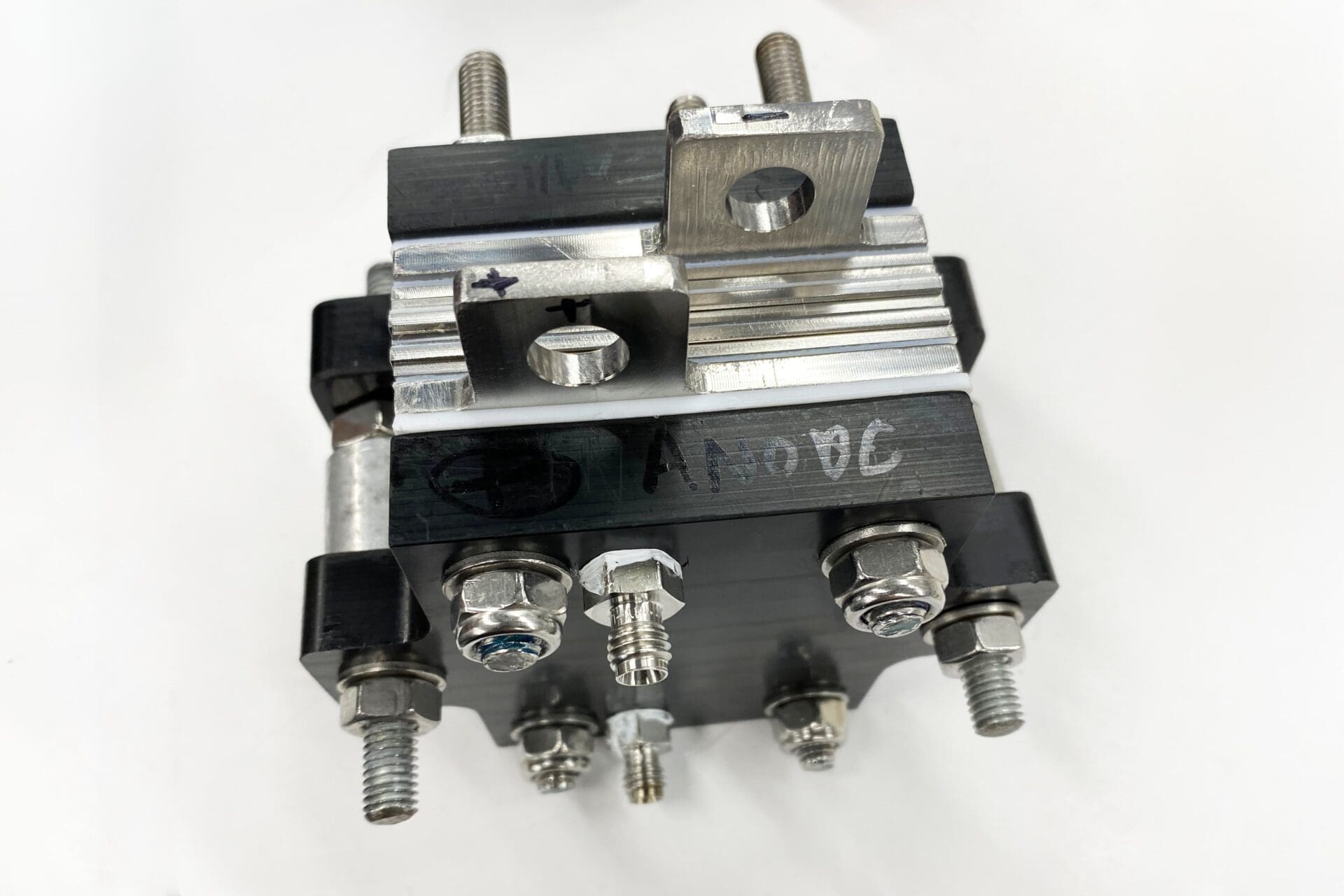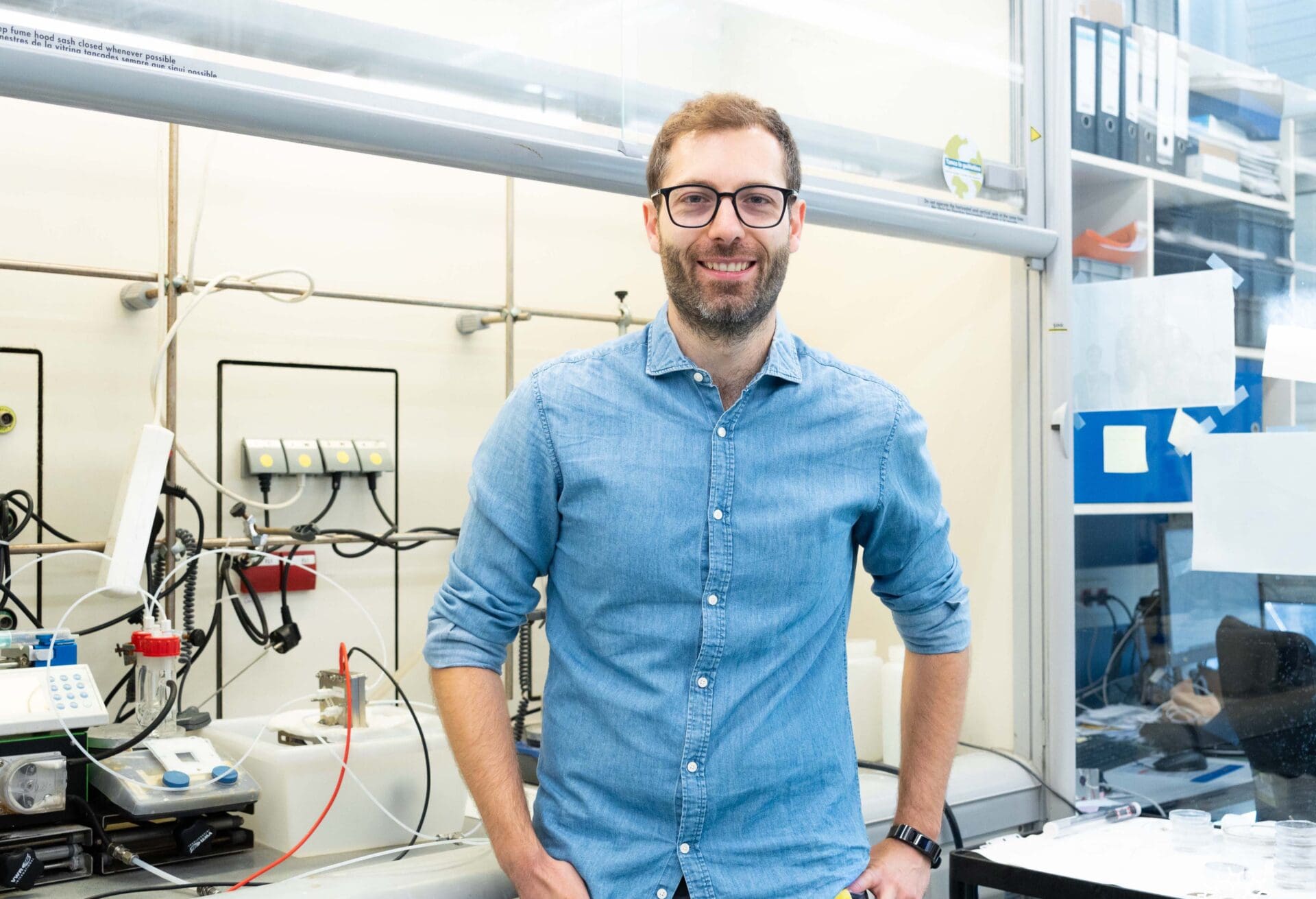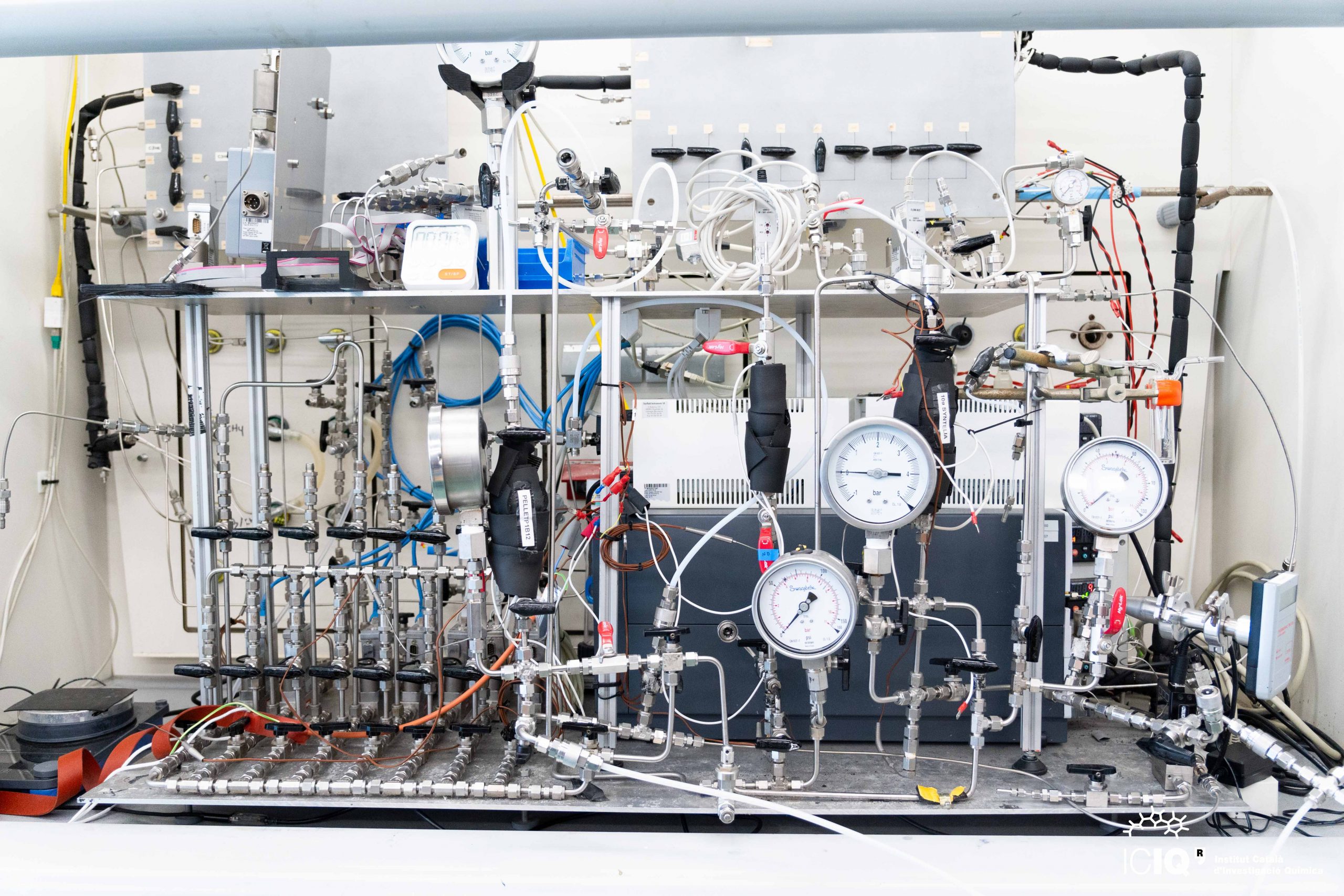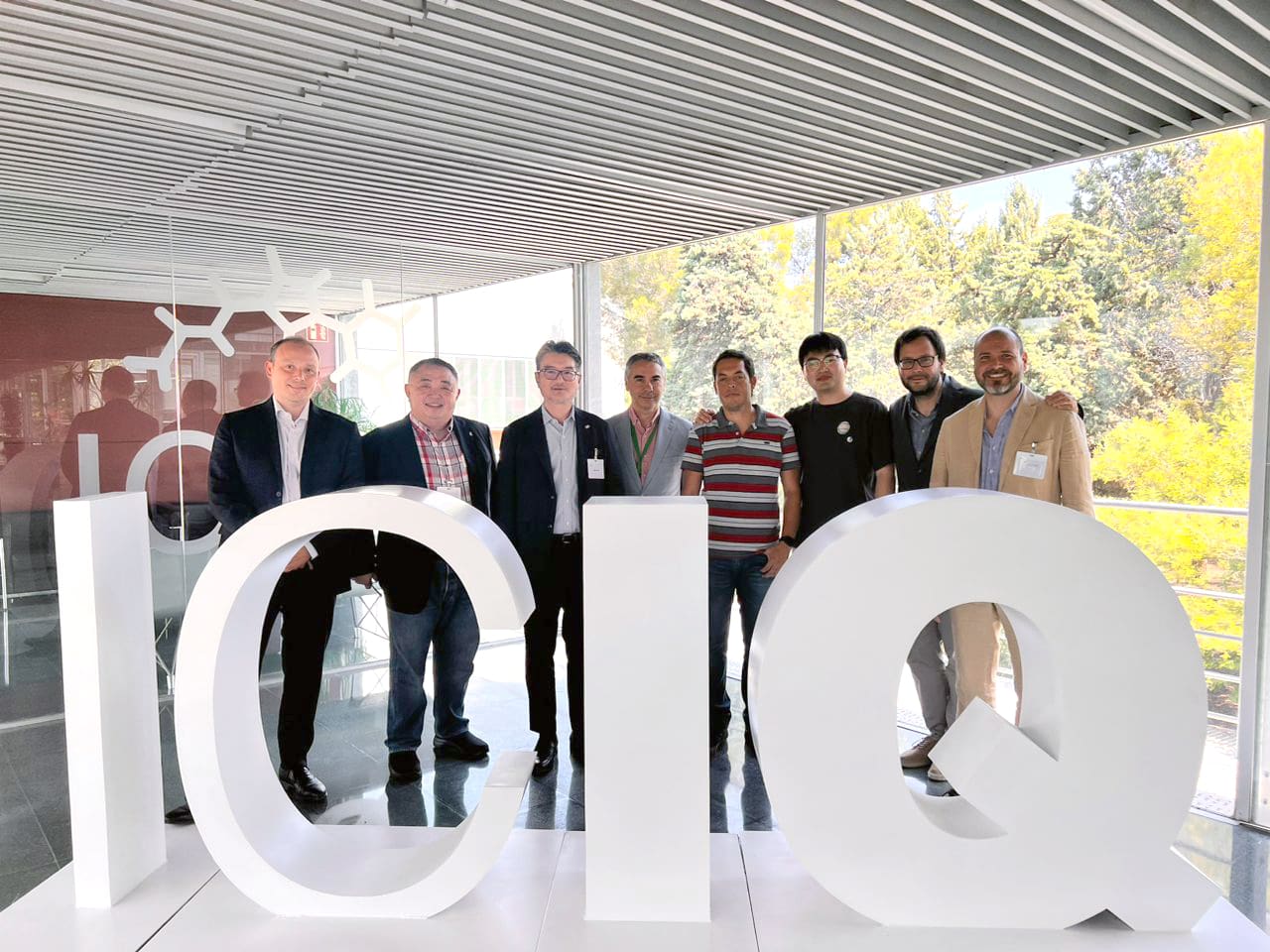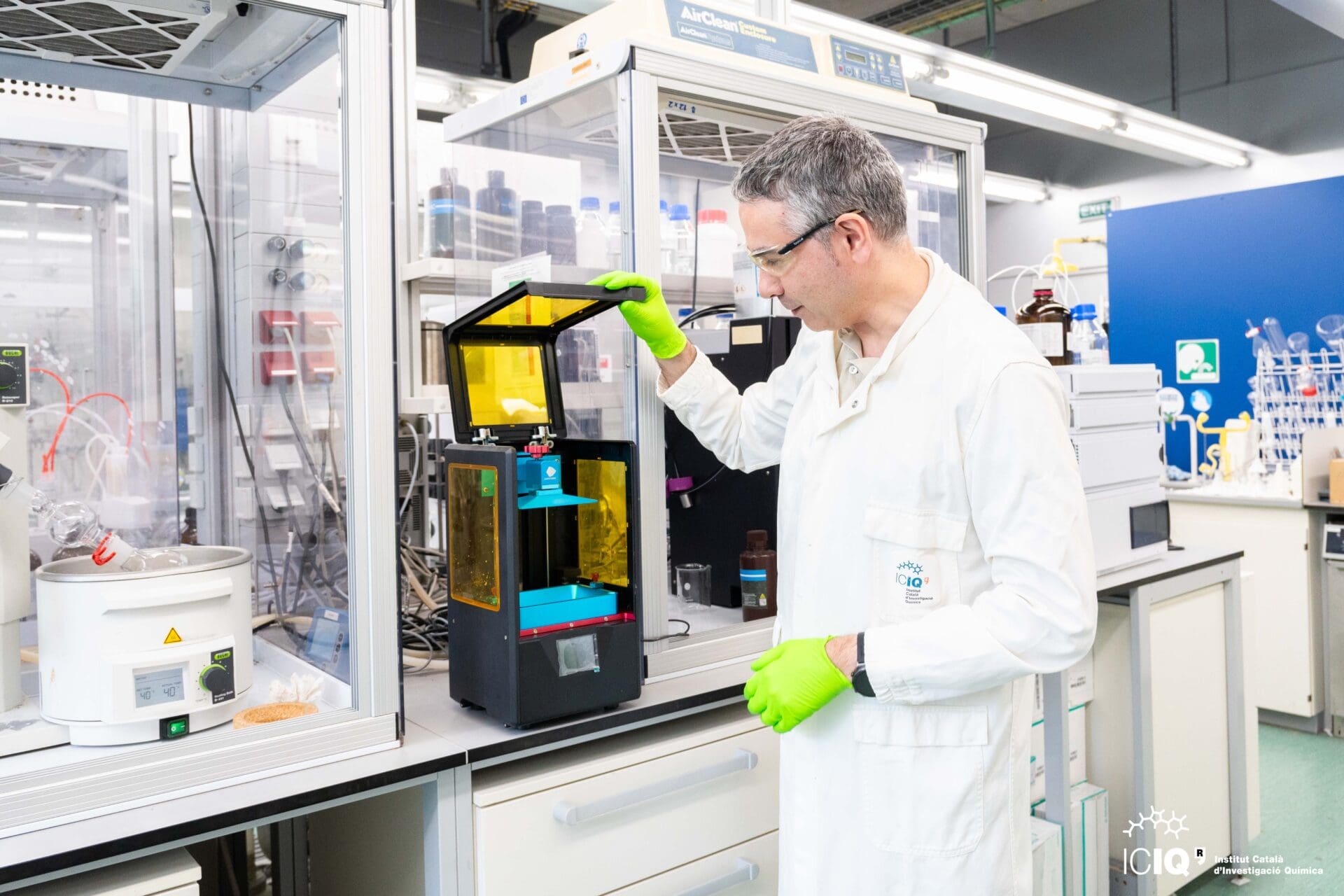Bayer MaterialScience and ICIQ: A 10-year-long scientific collaboration
The renewal of the collaboration agreement with Bayer MaterialScience this year is an example of a fertile partnership between a research institution and industry towards solving a relevant industrial need.
“Basic research is essential, but I think we also have to use our knowledge to solve real challenges in today’s chemical industry. For this reason, I believe that such partnerships are very positive” – says professor Anton Vidal, ICIQ group leader and ICREA Research Professor.
In 2005 the Polyurethanes Process Research from Bayer MaterialScience in Dormagen (Germany) approached professor Vidal for the development and design of alternative methods of preparing isocyanates – one of the basic compounds of polyurethanes.
“Our collaborative project started with an exhaustive search of methods industrially applicable. Then, after identifying the different possibilities, the alkoxycarbonylation of anilines with organic carbonates was chosen and the experimental work began”, explains Vidal.
The collaboration agreement renewal will allow further studies of industrial applicability. The work will focus on the development of industrially applicable catalysts for the preparation of key isocyanate precursors for the polyurethane industry.
“This cooperation is an excellent example for open innovation between academia and industry. ICIQ`s key expertise in catalysis and engineering helps us to develop new process technologies for today’s chemical industry.” – says Dr. Gernot Jäger, responsible for new processes for polyurethanes at Bayer MaterialScience.
“Good understanding of the mutual needs and requirements of the two partners involved in this long-lasting cooperation provides the basis for a trusting and successful research collaboration” – adds Dr. Stefan Wershofen, lab manager in the process research group of the Business Unit Polyurethanes at Bayer MaterialScience.
Throughout these years seven researchers have been hired at ICIQ to work in this project, and two generations of zinc catalysts have been developed. These results have been patented[1] and published in scientific journals[2].
[1] WO2014187756A1; JP201252033; KR20110139219; WO20100312
[2] Ind. Eng. Chem. Res., 2010, 49, 6362-6366; Ind. Eng. Chem. Res., 2012, 51, 16165-16170
Related news

Let's create a brighter future
Join our team to work with renowned researchers, tackle groundbreaking
projects and contribute to meaningful scientific advancements
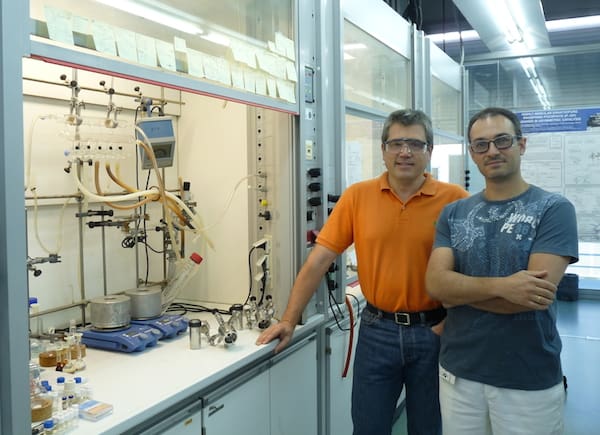






 17-12-2024
17-12-2024 